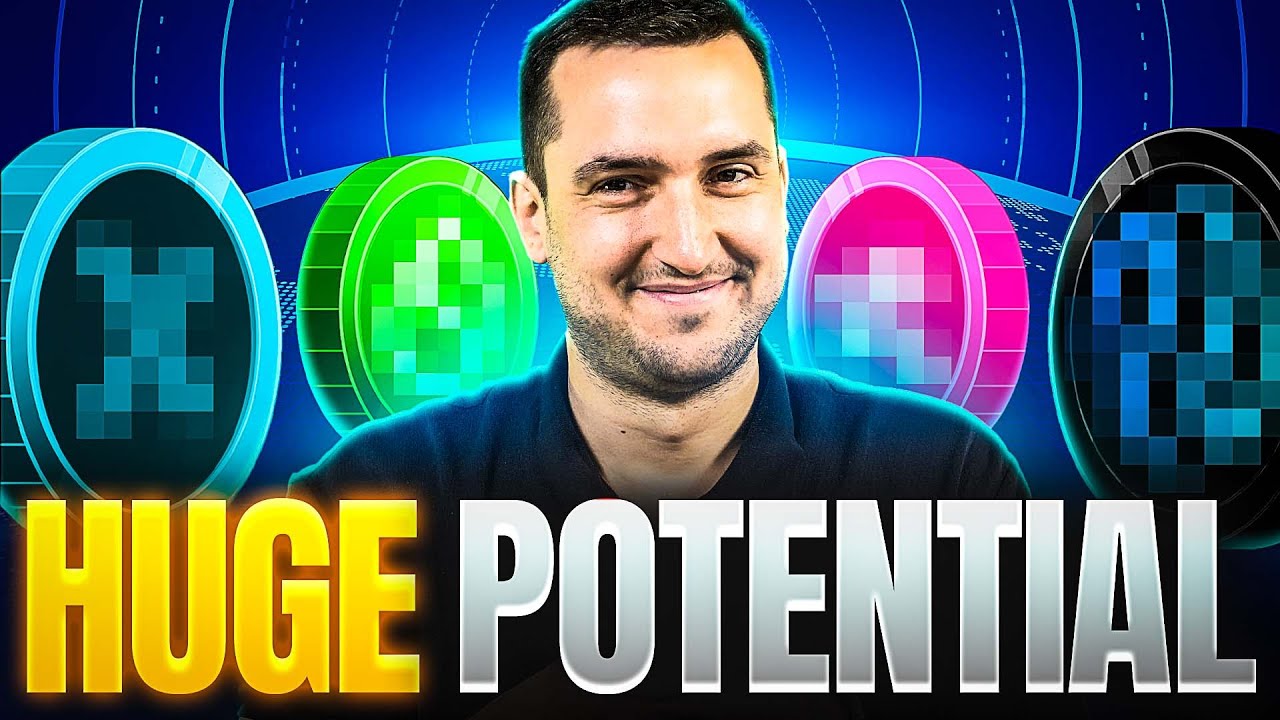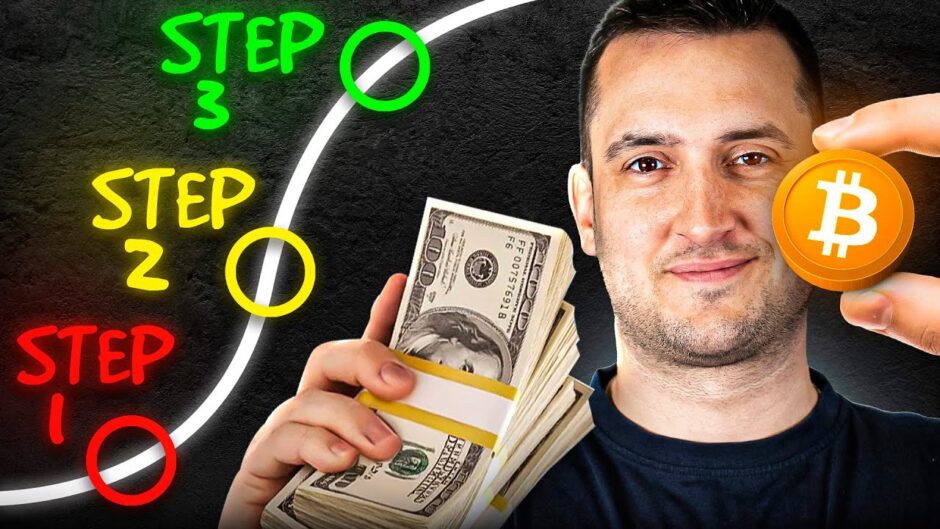Have you ever wondered about the impact of RWAs in the world of crypto? Get ready to be amazed by what I discovered – it truly blew my mind!
Introduction
Hey there, crypto enthusiasts! Are you ready to dive deep into the world of Real World Assets (RWAs) within the realm of cryptocurrency? Buckle up and get ready to uncover the mind-blowing potential of RWAs in the crypto space. Fefe is about to take you on a journey where traditional assets meet blockchain technology, creating a fusion that could revolutionize the way we invest and trade.
Exploring Real World Assets with Fefe
Let’s start by unraveling the mystery behind Real World Assets (RWAs) and why Fefe, your friendly neighborhood crypto guru, is incredibly bullish on their future prospects. RWAs have been gaining traction in the crypto sphere due to their link to tangible assets in the real world. This connection bridges the traditional financial world with the innovative capabilities of blockchain technology, opening up a realm of possibilities for investors and traders alike.
The Potential for Wealth Generation
One of the key aspects that have caught Fefe’s attention is how projects that successfully tokenize RWAs can pave the way for early investors to reap substantial profits. By tokenizing real-world assets such as real estate, stocks, and more, these projects unlock a new avenue for investment that was previously inaccessible to many.
Tokenizing Assets for the Digital Age
When RWAs are tokenized, they essentially create digital twins on the blockchain. This process involves representing assets in a digital format, enabling seamless transfer and ownership through digital wallets. Smart contracts play a crucial role in facilitating secure trading of tokenized assets, ensuring transparency and trust in transactions.
Fractionalization for Inclusive Investing
Fractionalization is another game-changer in the world of RWAs. It allows asset owners to sell fractions of their assets to a broader base of investors, democratizing access to investment opportunities. This fractional ownership model not only enhances liquidity but also makes trading assets more accessible and inclusive.
Unlocking Liquidity and Trading Ease
Tokenization of assets leads to the creation of liquidity, making it easier for investors to buy and sell fractions of assets quickly. This liquidity creation enhances the market dynamics of traditional assets, introducing efficiency and flexibility to the trading process.
Leveraging Tokenized Assets for Collateral
Another intriguing aspect of tokenized assets is their potential to be used as collateral for loans. By pledging tokenized assets as collateral, individuals can access liquidity without having to liquidate their entire holdings. This unlocking of value demonstrates the versatility and utility of RWAs in the financial ecosystem.
Institutional Interest in Tokenized Assets
It’s not just individual investors who are recognizing the potential of tokenized assets. Major financial players like Goldman Sachs and JP Morgan have expressed interest in exploring the world of tokenization. Their involvement signifies a significant shift towards mainstream adoption of RWAs and further validates their relevance in the financial landscape.
Conclusion
As we wrap up our journey into the world of RWAs in crypto, it’s evident that the potential for growth and innovation in this space is truly mind-blowing. With projects leveraging RWAs to create digital representations of real-world assets, we’re witnessing a paradigm shift in how investments are made and traded. The fusion of traditional assets with blockchain technology opens up a world of possibilities, from wealth generation to inclusive investing opportunities.
FAQs (Frequently Asked Questions)
- Can anyone invest in tokenized assets?
- How do smart contracts ensure secure trading of tokenized assets?
- What are some examples of real-world assets that can be tokenized?
- Are tokenized assets subject to regulatory scrutiny?
- How can tokenized assets impact the traditional financial sector?




